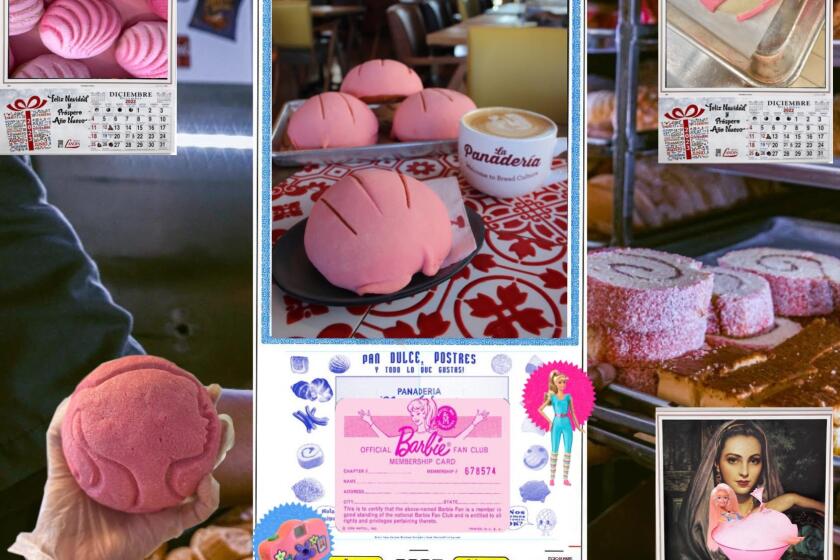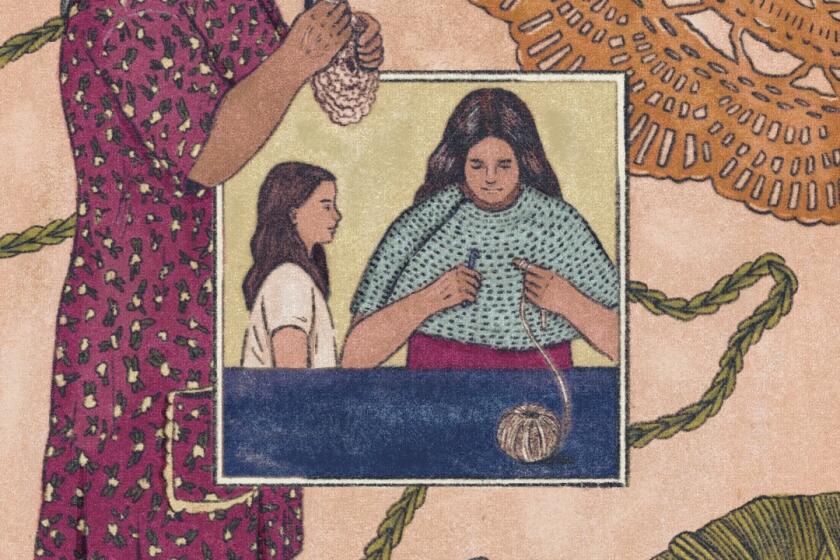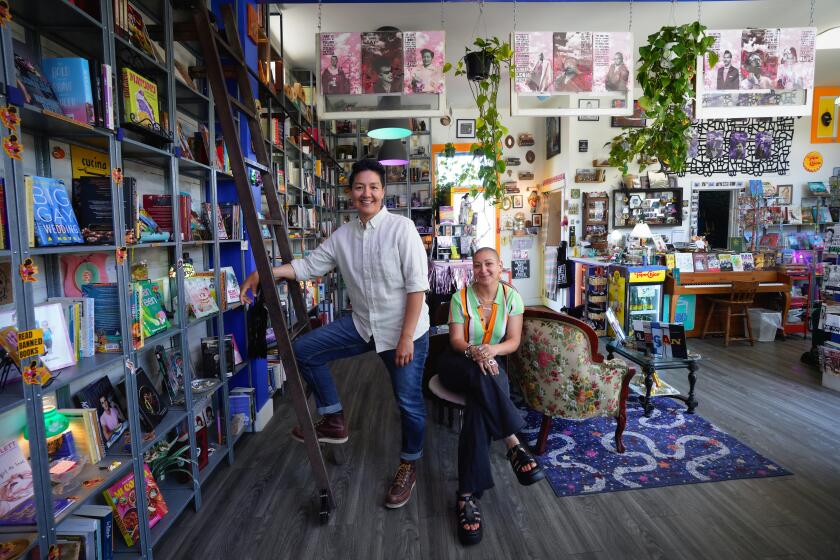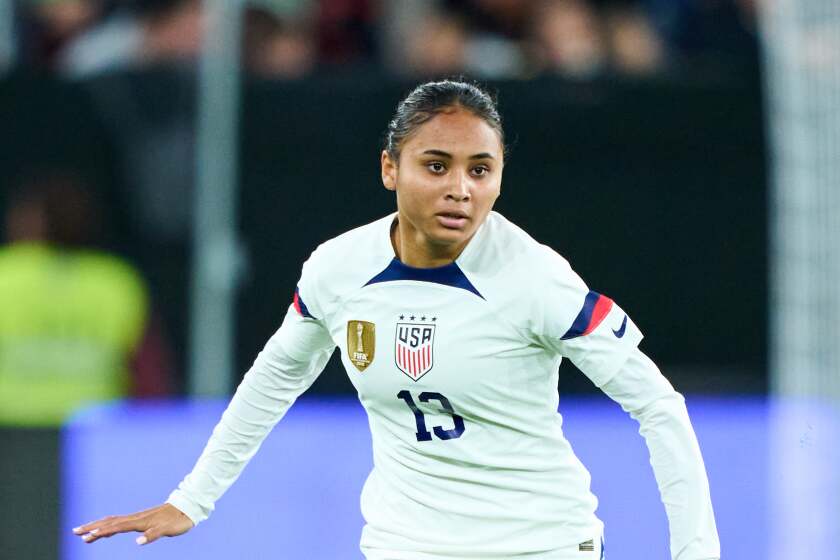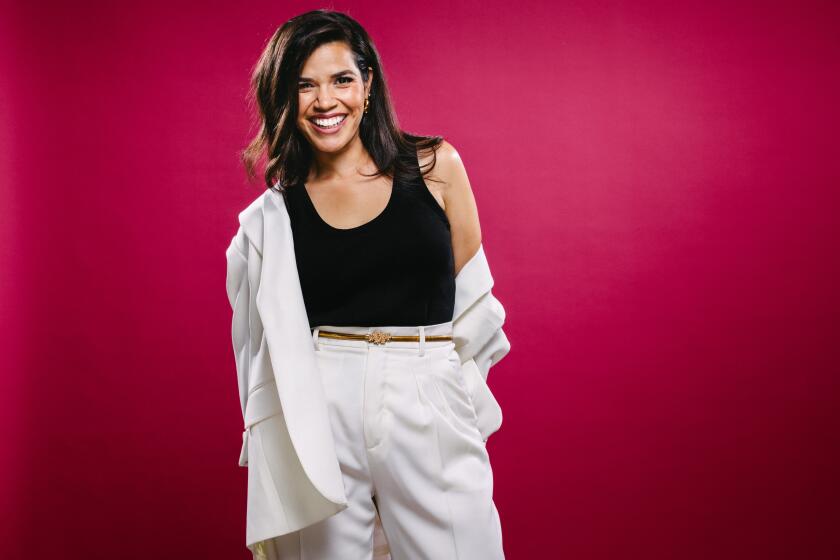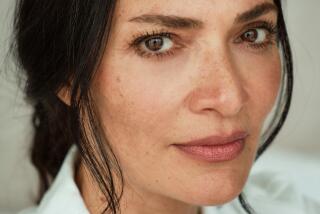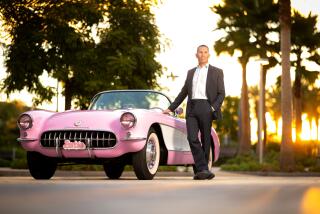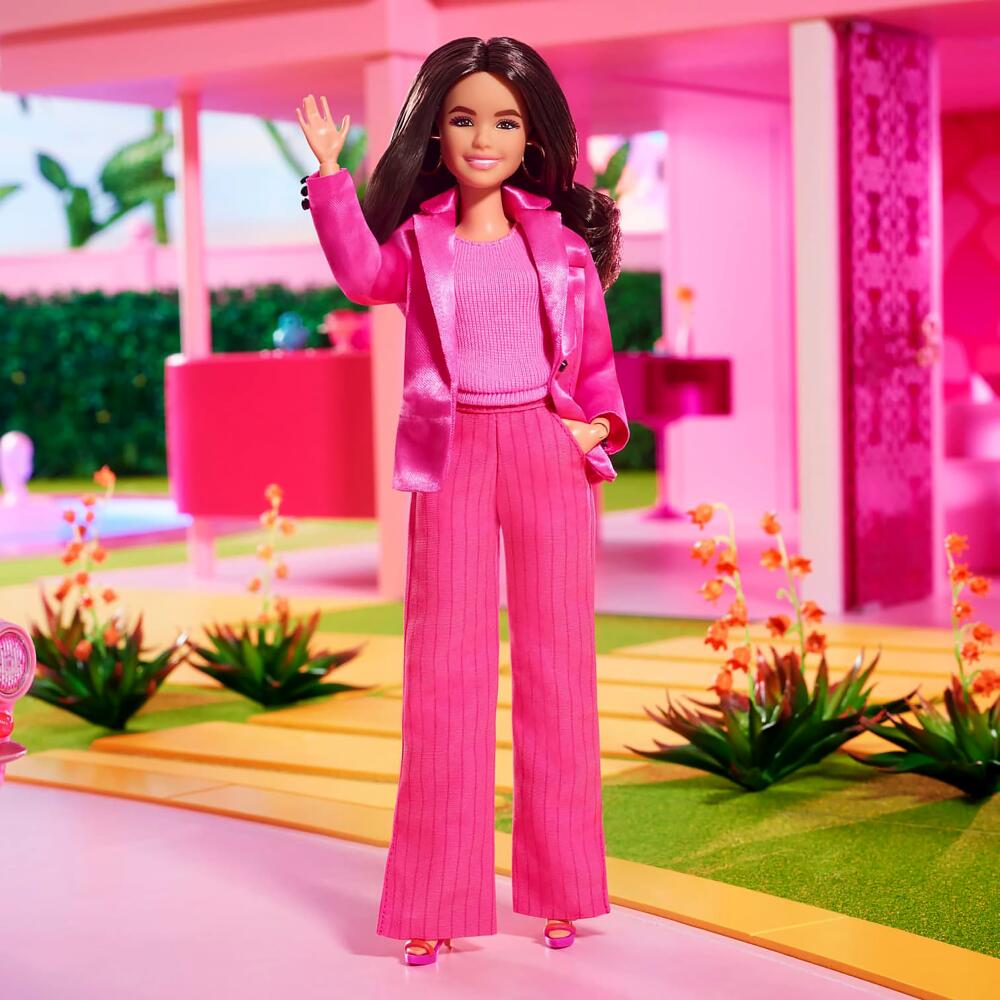
- Share via
For decades, Barbie has been a household name and central to the childhoods of many.
Originally designed with blond hair and blue eyes, the Barbie has often been criticized for not representing different bodies, abilities, races and ethnicities, but it has slowly become more diverse and inclusive in the last four decades. Despite its lack of diversity, Barbie’s various careers as an entrepreneur, doctor, president, astronaut, boxer and more have symbolized girl boss energy.
We asked readers what Barbie meant to them. On Instagram, our followers shared a deep nostalgic connection, a lack of representation, and some said their families couldn’t afford the dolls. Here is more of what they had to say:
‘I wanted my name to be changed to Teresa’
— Adriana Romero, 34, Los Angeles
Barbie’s first Latina friend was Teresa Rivera, who debuted in 1988.
“I wanted my name to be changed to Teresa because of the brunette Barbie doll,” Romero wrote.
Playing with Barbies allowed her to act out make-believe scenarios.
In anticipation of the new “Barbie” film release this weekend, bakeries across the country have created a new type of Barbie to consume: a traditional Mexican concha.
“Mostly scenarios I saw from the novelas my parents would watch.”
Above all, the Barbie doll made Romero believe that she, too, could live in a Barbie world.
“They also inspired me to believe that one day I could own a beach house, drive around in a convertible car with my friends, and have a Ken of my own.”
In adulthood, Romero has dressed up as one of the four dolls from the Barbie Career of the Year Campaign team for her niece’s Barbie-themed birthday party.
An exploration of marketing terms like ‘200%’ and how that’s shaped our identity.
“We thought it was such a great message for kids that play with dolls.”
Romero appreciates the impact of Barbie, especially as it has become more diverse and inclusive.
“Little brown girls like me don’t just have a Teresa or Mexican Barbie to see themselves reflected in.”
‘I thank my mom for my dolls and small sacrifice’
— Deyanira Vasquez, 28, Mesa, Ariz
Vasquez grew up alone for the majority of her childhood.
“Barbies were my only friends, and Barbie and Ken were dream parents.”
Vasquez rarely received a new doll, but when she did it was the blond-hair, blue-eyed standard Barbie. The doll inspired Vasquez to be an avid dreamer.
“If Barbie wanted to be a doctor, she was a doctor. Or a chef, a Hollywood glam star, pet sitter, a bride, even a big sister.”
Jenna Ortega, Pedro Pascal and Aubrey Plaza are recognized for roles that present unique character arcs that dive deeper than most Latino representation on television.
It wasn’t until she was older that she realized Barbie had two friends of a darker complexion, Teresa and Christie.
“Teresa was the one who looked like me the most,” she wrote. “Somewhat fair-skinned, dark brown hair and brown eyes.”
But her mom never bought her the doll.
“She said it was because we couldn’t afford the Teresa ones,” Vasquez wrote. “The blond Barbies were always on discount or sold cheaper than the Teresas [and] Christies.”
With every stitch, every loop and every turn of the hook, I carry the legacy of my great-grandmother and my mom, as well as the cultural history of Mexico.
Her mother saved up money so she could buy her a brand new doll.
“The Barbie’s were her act of love and empowerment to me. So I’d grow believing and dream that I was capaz of it all. I thank my mom for my dolls and small sacrifice.”
‘I didn’t feel the need or want to be represented by Barbie’
— Adriana Berdugo, 35, Miami Beach
The Barbie craze did not impact Berdugo, who wrote: “As a child, I didn’t feel the need or want to be represented by Barbie.”
For her, Barbies were more expensive than the average doll but that still didn’t stop her from admiring them in the toy aisle.
She did not make much of the lack of representation in Barbie dolls as a child, but now as an adult, she believes that representation in mainstream toys could have helped in her experiences.
When Jesi Gutierrez and Celi Hernandez opened their shop in San Diego, they wanted to create a space where all writers and artists felt comfortable being themselves.
Berdugo began to feel like a minority when she attended high school in Miami.
“[I] was a bit afraid to travel outside of my community in fear of being discriminated against,” she wrote. “Maybe if toys/Barbies back in the day represented me more, I wouldn’t have felt that way.”

Get Involved
‘I never saw myself reflected in the dolls’
— Kyla Figueroa, 21, Stockton
Though Figueroa describes herself as “girly” now, she saw herself as a “tomboy” growing up with two brothers.
“I viewed Barbies very girly and feminine, which wasn’t aligned with my interests at the time.” Figueroa wrote. “There was a lot of commentary about how Barbie can be anti-feminist, such as body type being unrealistic or the face of Barbie not being racially diverse.
“Modern feminism embraces femininity as something not traditional but as something comfortable and liberating for womxn—but I never saw myself reflected in the dolls.”
However, she did play with other dolls like Bratz and Monster High.
Alyssa Thompson, who is half Peruvian, brings a dynamic approach to the U.S. team with her speed and grit.
“I would say most of these dolls were of different races/ethnicities, featured different bodies, or, in the case of Monster High, were coded to related to different audiences,” she wrote.
When it comes to the new “Barbie” movie, Figueroa is joining in on the pink fun.
“I will be seeing the movie and dressing up in hot pink.”
‘We were working out gendered expectations through play’
— Freddy Lee, 39, Los Angeles
Lee writes the girls in his family were “raised in traditional female Latina roles,” but with a pinch of modern expectations of them.
As the human heart in a comedy filled with neurotic dolls, the ‘Ugly Betty’ award-winner is ready to take a bolder step toward the big screen with ‘Barbie.’
Lee began playing with Barbies with his younger cousins.
“[M]y Barbies were fabulously dressed,” he wrote. “We would spend hours preparing them for events. One time I took them on an adventure, sky diving and safari and all. We would also make the Barbies do ‘adult things’ which we didn’t yet understand.
“Looking back, it was super fun to pretend and it is obvious we were working out gendered expectations through play, as well as class and immigration issues.”
More to Read
About this story
The Latinx experience chronicled
Get the Latinx Files newsletter for stories that capture the multitudes within our communities.
You may occasionally receive promotional content from the Los Angeles Times.

